No products in the basket.
300mm x 110mm Drainage Catch Pit
#5 Best Sellerin Soakaway Crates
£192.00 Incl. VAT£160.00 Excl. VAT
300mm x 110mm Drainage Catch Pit
Fast Shipping
All orders are shipped in 1-3 business days.
Secure Checkout
SSL Enabled Secure Checkout
Satisfaction Guarantee
Easy 30-day return policy.
Top Rated Customer Service
We are the highest rated online merchant!
Buy a 300mm x 110mm Drainage Catch Pit Online at EasyMerchant
Our 300mm Drainage Catch Pit is an essential component for any comprehensive drainage system. Designed to house 110mm spigot outlets, this catch pit is supplied with a plastic filter bucket to trap large debris, improving water quality and preventing blockages in your drainage system or soakaway crate system.
Features and Benefits:
- Supplied fully assembled
- Compatible with 110mm spigot outlets.
- Includes a filter bucket for catching large debris.
- Helps improve water quality in the system.
- Durable construction for long-term use.
- Fits a 320mm Round Manhole Cover
What is a catchpit? A catch pit, like our 300mm Drainage Catch Pit, is crucial for sediment and debris control in underground drainage systems. It plays a vital role in preventing blockages and potential flooding, particularly useful in systems around roads, car parks, and mainline sewers. With increasing instances of intense rainfall and flash flooding, catch pits provide a reliable solution for managing larger drainage infrastructures.
Catchpit Functionality: Featuring a level inlet and outlet, our catch pit ensures a consistent water flow. Debris and silt carried by the water are captured in the filter bucket, located at the base of the pit. This efficient separation mechanism ensures that only cleaner water exits the system, enhancing overall drainage efficiency.
Catchpit Installation: This catch pit should be installed by a qualified professional. The installation involves creating a minimum wall cut-out and bedding the catch pit into the mortar, ensuring a secure and effective integration into the drainage system.
Maintenance and Cleaning: Regular cleaning of the catch pit is essential. Open the lid to remove and empty the bucket every few months or so. This ensures the catch pit remains effective in trapping debris and preventing system blockages.
Material and Construction: Constructed to last, our catch pits are a modern evolution from traditional brick-lined pits. Made from durable materials like high-density polyethylene (HDPE), they are robust, easy to install, and suitable for various environments, from railways to residential areas.
| Weight | 6.4 kg |
|---|
Be the first to review “300mm x 110mm Drainage Catch Pit” Cancel reply
This site uses Akismet to reduce spam. Learn how your comment data is processed.
Related products
Rated 5.00 out of 5
(7)
£39.00 Incl. VAT£32.50 Excl. VATRated 4.38 out of 5
(8)
£6.72 Incl. VAT£5.60 Excl. VATRated 5.00 out of 5
(4)
From £8.25 Incl. VATFrom £6.88 Excl. VAT


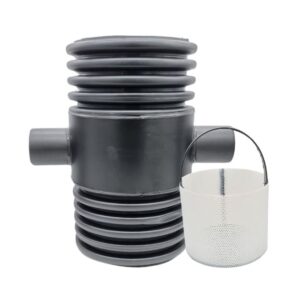
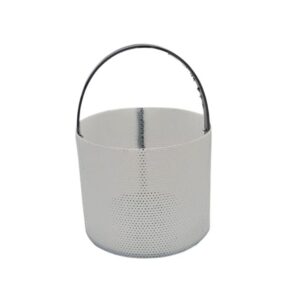
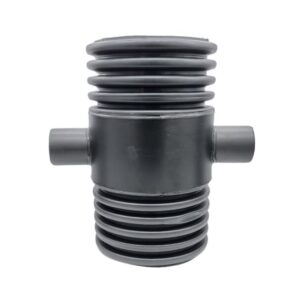
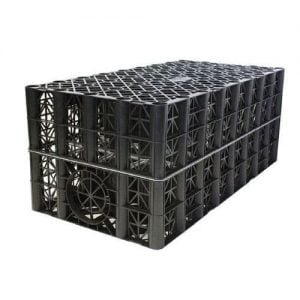
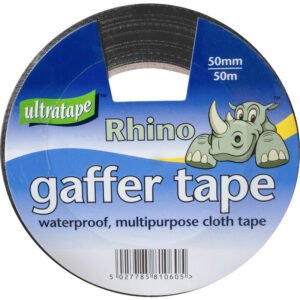
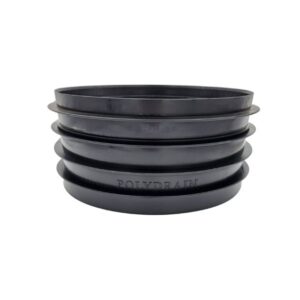
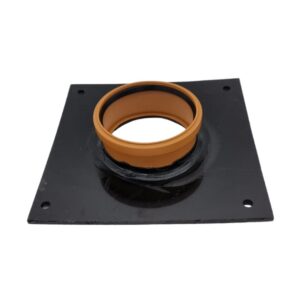
Reviews
There are no reviews yet.